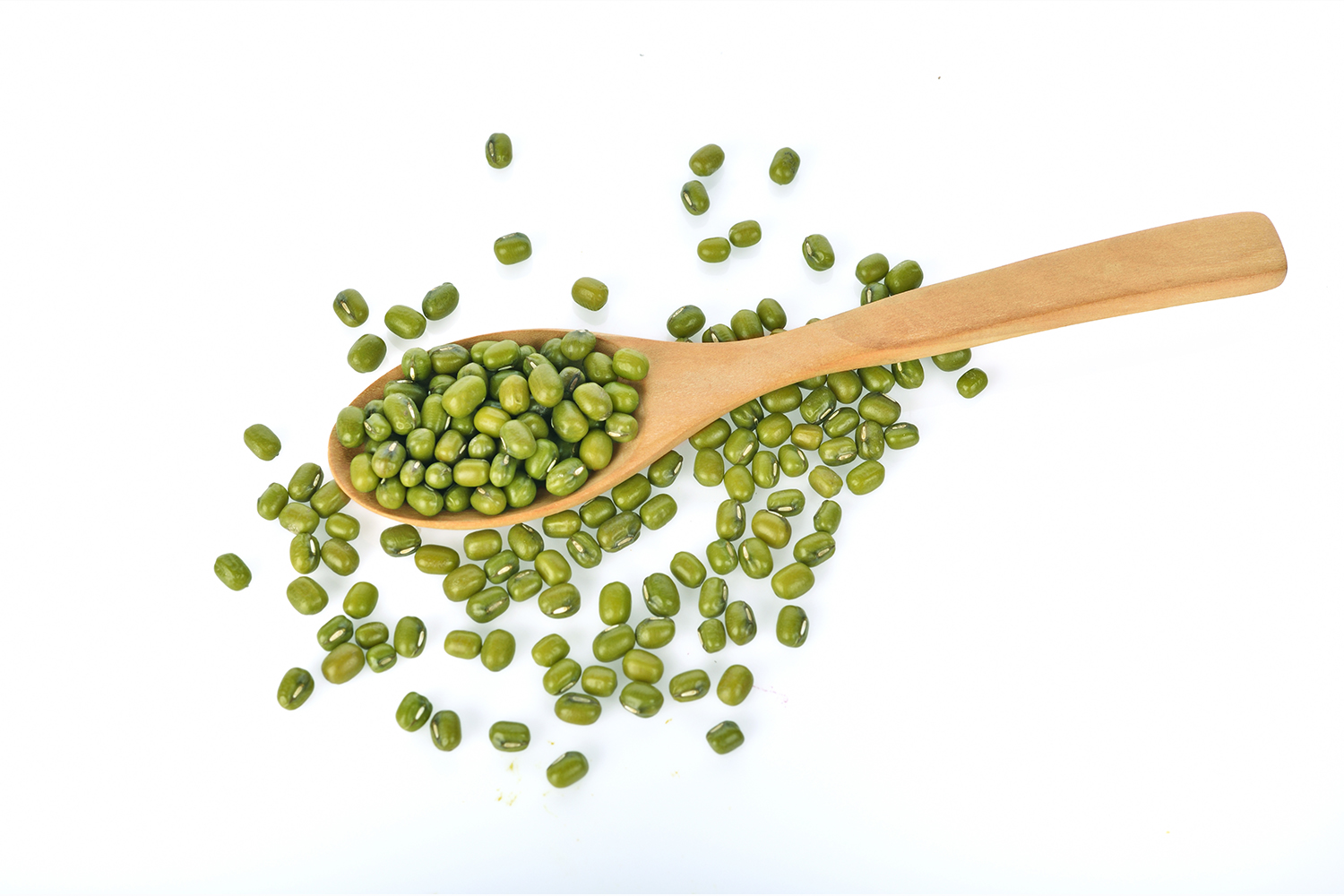Mung Bean for Hypertension
Hypertension is a major risk indicator for heart attack and stroke. In the United States, approximately 75 million people (29%) have high blood pressure which is a staggering 1 in every 3 adults. About 42.7 million visits to physician offices are for primary essential hypertension.
Blood pressure is measured with a sphygmomanometer. While this device is easily purchased at most pharmacy stores, using it and interpreting its results requires some understanding. Blood pressure is always changing depending on our activity, state of mind and so forth. It can change drastically within a few minutes. Therefore, relying on one or two readings in a doctor’s office can be highly misleading. Many individuals have “white coat syndrome” which means that some people’s blood pressure goes up just by seeing their doctor. Ideally one should have their own sphygmomanometer so they can take readings three or four times a day at approximately the same times over the course of a few days and decide on an average number that is most representative.
A high blood pressure reading ranges between 120 over 80 and 140 over 90 (120/80–140/90).
Because most people have high blood pressure from time to time, it is important to recognize how you physically feel at those times so you can better assess when you have it. You might feel jittery, unable to focus, highly irritable, dizzy, or have problems with eyesight. If these extreme symptoms occur you might make an appointment with your medical doctor.
Conventional Treatment for Hypertension
The usual preventive measures are rest, losing excess weight, exercise, and an anti-inflammatory diet with little or no sugar, salt, fried and processed foods.
Unfortunately, when drug intervention is called for, the options are mostly less desirable and become a matter of choosing the drug with the least adverse side effects. Many of the drugs cause fatigue. This also transfers to many other normal life functions including libido. Some of these pharmaceuticals are as follows:
- Angiotensin-converting enzyme (ACE) inhibitors
- Angiotensin II receptor blockers (ARBs)
- Diuretics
- Beta-blockers
- Calcium channel blockers
- Alpha-blockers
- Alpha-agonists
- Renin inhibitors
Mung Bean Tea: An Incredibly Simple Treatment for Hypertension
Fortunately, there are many natural remedies that may work as well or better than these prescription drugs and have few, if any, side effects.
One of these is the green mung bean (Vigna radiata). The high concentration of phenols and protein fragments called peptides reduce the activity of angiotensin-converting enzyme (ACE) that constricts blood vessels resulting in high blood pressure. Recent studies involving 58,000 men and women aged 40-79 found that those with the lowest intakes of dietary magnesium had a 51% increased risk of heart disease mortality compared to those with the highest intakes. Mung beans significantly improve magnesium levels and help to prevent heart attacks and damaging strokes.
All of these and many other facts about mung beans for hypertension and LDL cholesterol reduction can be learned from other sites on the internet which are listed below.
The following is one of my favorite methods for reducing hypertension in my patients.
Soak two tablespoons of mung beans in a cup of boiling water at night before retiring. In the morning strain the tea, reserving the beans, and drink the liquid. To the reserved mung beans add another cup of boiling water and allow that to stand until noon. Again, drink the resultant tea and again add boiling water to the mung beans in the cup. This is taken in the evening at which time the partially cooked beans may be eaten. This is repeated daily for as long as needed. Soon if not within the first few days, you will notice your hypertension drop considerably without any of the adverse effects that come from Western drug treatment.
I first learned this simple method directly from my beloved first acupuncture teacher, Dr. Miriam Lee. Knowing that at the time mung beans were not a familiar food for most western people, she always kept several prepackaged one pound bags of mung beans to sell to her patients.
There are many other complex but natural ways to treat acute hypertension but the simplicity along with high patient compliance of this simple Chinese folk treatment is the best way to start your patients on the road to recovery.
Please consult with a physician or other healthcare professional regarding any medical or health related diagnosis or treatment options.
References:
Mung bean Soup for Hypertension

